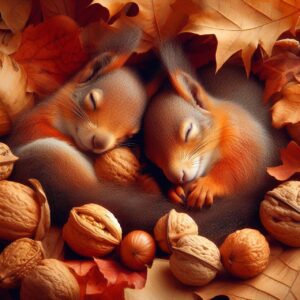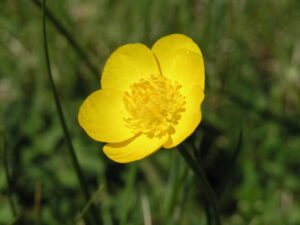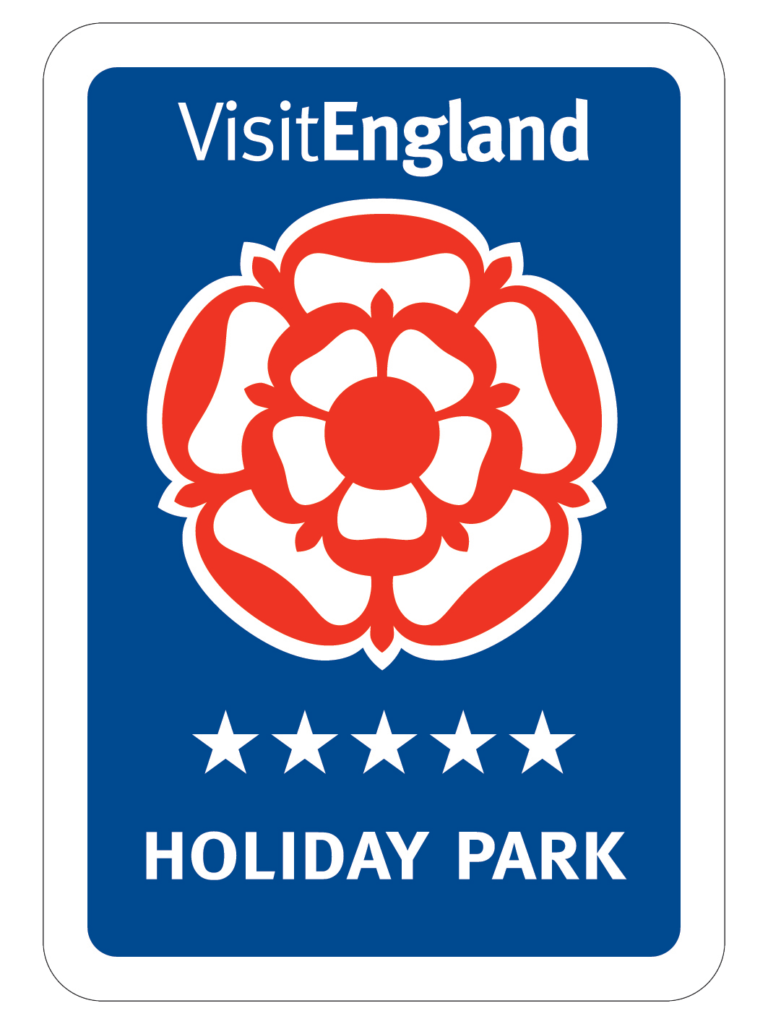Whilst having our lunch on a lovely day in May earlier this year we were joined by an adolescent mute swan who decided to have a pit stop on Oak Lake. After landing gracefully the swan swam around the lake. He then got out for a wander around and a preen in the sunshine.
Fun facts
- Swans mate for life and when one dies, it used to be thought that the one left would pine away but they have been known to find another partner.
- The British crown holds the right to claim ownership having had this since the 12th Swans were regarded as prized foods and considered a delicacy being served at banquets and feasts. The Monarch still employs a Swan Marker who counts them on a specific portion of the River Thames on a specific day in July this is called “Swan Upping” and it now centres around conservation and education.
- Killing a swan is seen as an act of treason as they are owned by the crown.
- What do Swans eat? Aquatic vegetation which they get from the riverbed with their long necks. They take the molluscs which cling to the vegetation, and they also eat small fish, frogs, and worms. You can often see them in grassy fields or old potato fields in the winter as they can survive on short-cropped grass, or any left-over potatoes left by the harvester.
- The female can lay up to 7 eggs in Late April early May. They share the incubation which last between 35-41 days. The cygnets stay with their parents for 4 – 5 months. As soon as their plumage turns predominantly white, they are driven off the breeding territory. Although they can all winter together on neutral ground, they will not be ready to bread until they are 2 years old.
Written by Lindsay Stuart








